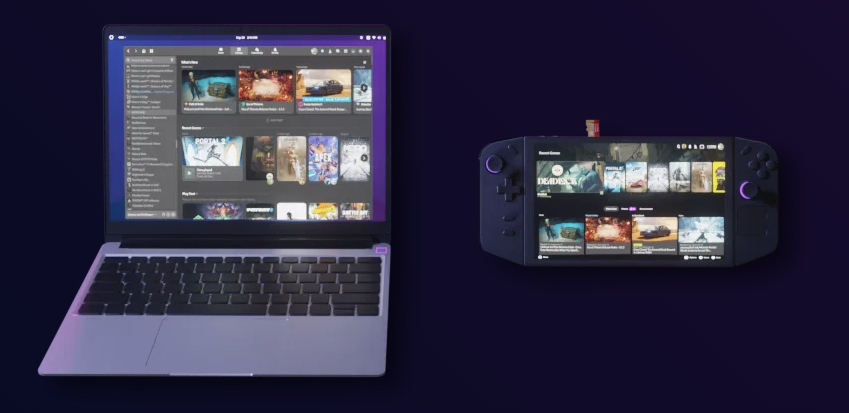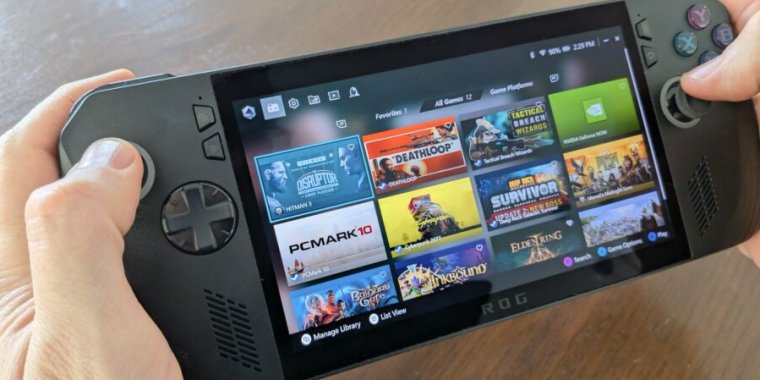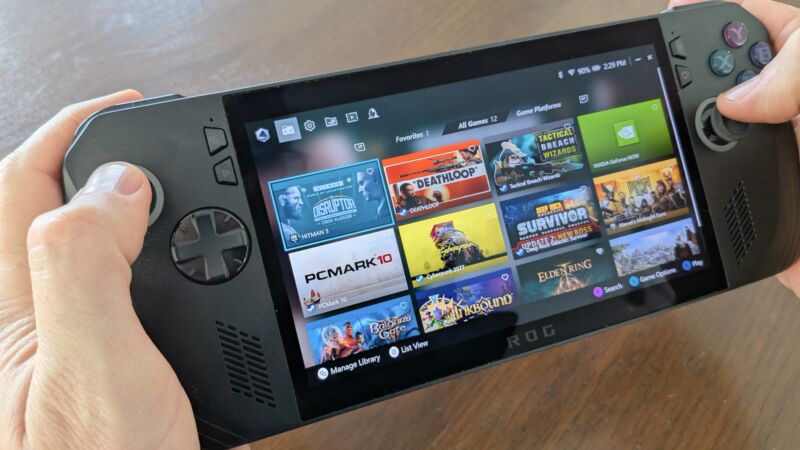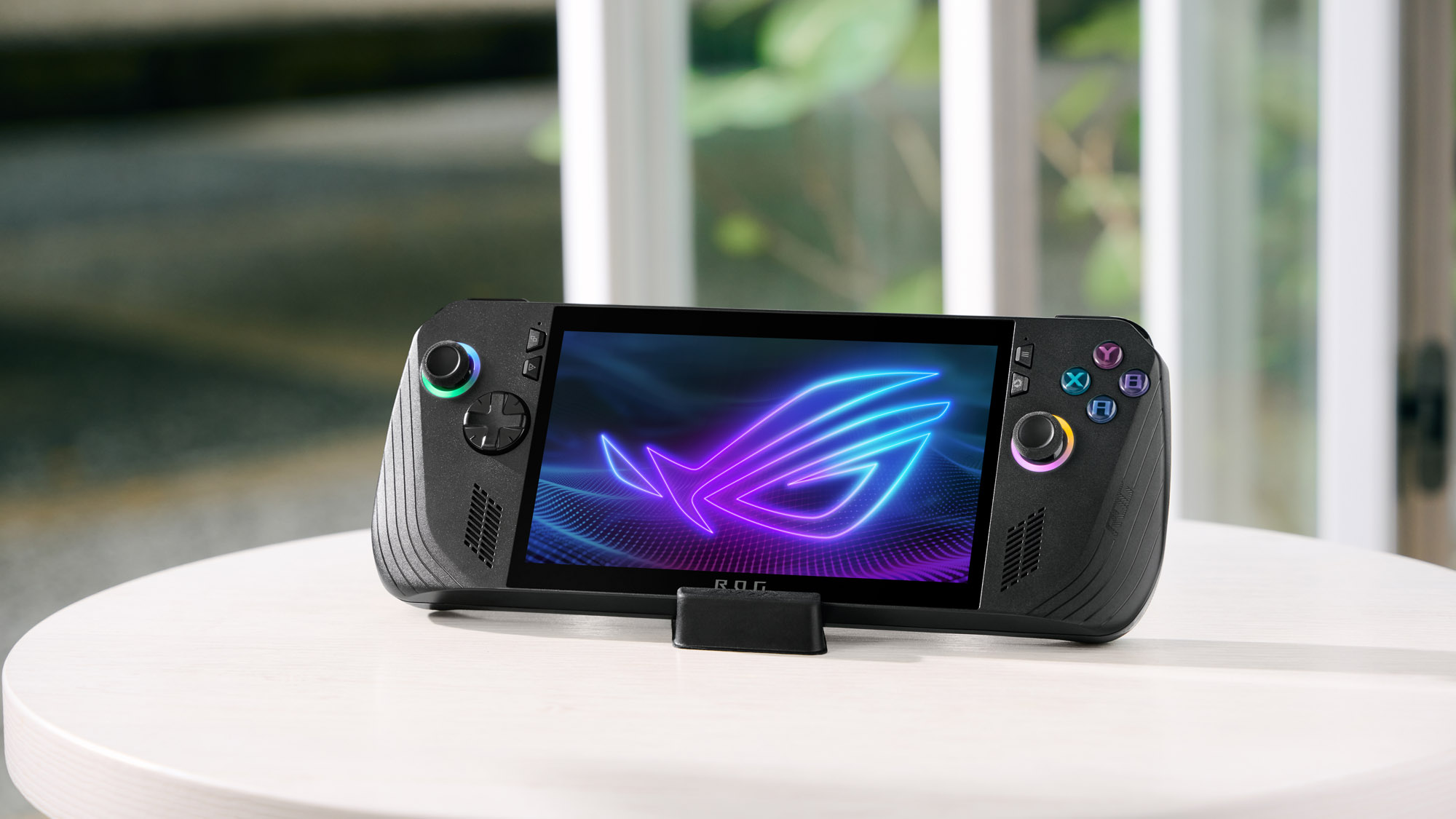Bazzite is the next best thing to SteamOS while we wait on Valve
I was on vacation last week, the kind of vacation in which entire days had no particular plan. I had brought the ROG Ally X with me, and, with the review done and Windows still annoying me, I looked around at the DIY scene, wondering if things had changed since my last foray into DIY Steam Deck cloning.
Things had changed for the better. I tried out Bazzite, and after dealing with the typical Linux installation tasks—activating the BIOS shortcut, turning off Secure Boot, partitioning—I had the Steam Deck-like experience I had sought on this more powerful handheld. Since I installed Bazzite, I have not had to mess with drivers, hook up to a monitor and keyboard for desktop mode, or do anything other than play games.
Until Valve officially makes SteamOS available for the ROG Ally and (maybe) other handhelds, Bazzite is definitely worth a look for anyone who thinks their handheld could do better.

Bazzite says that you can swap an SD card full of games between any two systems running Bazzite. This kind of taunting possibility is very effective on people like me. Credit: Bazzite
More game platforms, more customization, same Steam-y feel
There are a few specific features for the ROG Ally X tossed into Bazzite, and the Linux desktop is Fedora, not Arch. Beyond that, it is like SteamOS but better, especially if you want to incorporate non-Steam games. Bazzite bakes in apps like Lutris, Heroic, and Junk Store, which Steam Deck owners often turn to for loading in games from Epic, GOG, itch.io, and other stores, as well as games with awkward Windows-only launchers.
You don’t even need to ditch Windows, really. If you’re using a handheld like the ROG Ally X, with its 1TB of storage, you can dual-boot Bazzite and Windows with some crafty partition shrinking. By all means, check that your game saves are backed up first, but you can, with some guide-reading, venture into Bazzite without abandoning the games for which you need Windows.
Perhaps most useful to the type of person who owns a gaming handheld and also will install Linux on it, Bazzite gives you powerful performance customization at the click of a button. Tap the ROG Ally’s M1 button on the back, and you can mess with Thermal Design Power (TDP), set a custom fan curve, change the charge limit, tweak CPU and GPU parameters, or even choose a scheduler. I most appreciated this for the truly low-power indie games I played, as I could set the ROG Ally below its standard 13 W “Silent” profile down to a custom 7 W without heading deep into Asus’ Armoury Crate.
Bazzite is the next best thing to SteamOS while we wait on Valve Read More »




